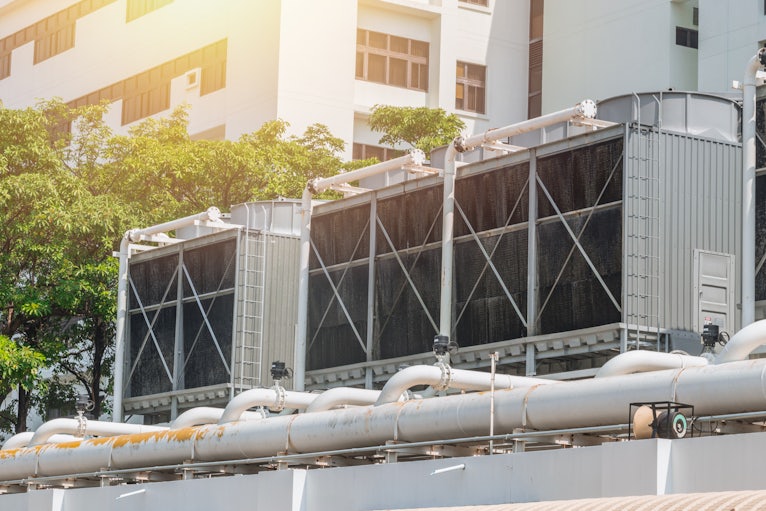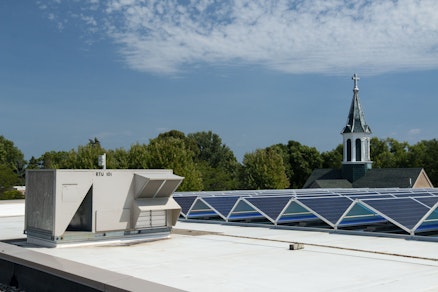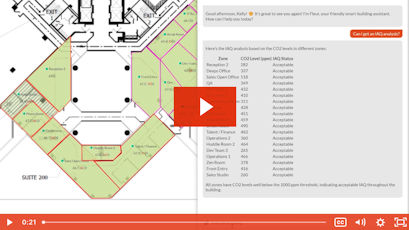
75F Earns SOC 2 Compliance
75F is proud to announce we are now SOC 2 compliant. Learn more about 75F security protocols and what this milestone means for our customers and partners.
Unsupported Browser! This website will offer limited functionality in this browser. We only support the recent versions of major browsers like Chrome, Firefox, Safari, and Edge.

75F Outside Air Optimization (OAO) combines hardware, software and real-time weather data providing advanced sequences of operation from rooftop economizers to built-up air handlers in a wide range of commercial buildings. This application has three primary benefits: improved energy efficiency, reduced comfort complaints, and enhanced ventilation and indoor air quality in high traffic areas.

75F is proud to announce we are now SOC 2 compliant. Learn more about 75F security protocols and what this milestone means for our customers and partners.

Dive into one of the most significant Title 24 HVAC requirements update: All single-zone units three tons & above now need working economizers.

Facility directors have real time access to sensor data and remote control over building parameters through the HyperStat’s integration with Facilisight, 75F’s building intelligence suite of web and mobile apps.

The 75F HyperStat is bringing industry-leading energy efficiency and comfort to a wide range of customers, industries and building types.

See how 75F's innovative solutions improved Hiranandani Hospital's energy efficiency, saving a remarkable 5,54,388 kWh Energy.Explore case study now.

Checking on the status of building IAQ doesn't have to be hard. Learn how Saffron AI can help you do this in under 75 seconds.

The world’s most advanced thermostat & humidistat, with eight on-board IAQ sensors for hyper-localized control.